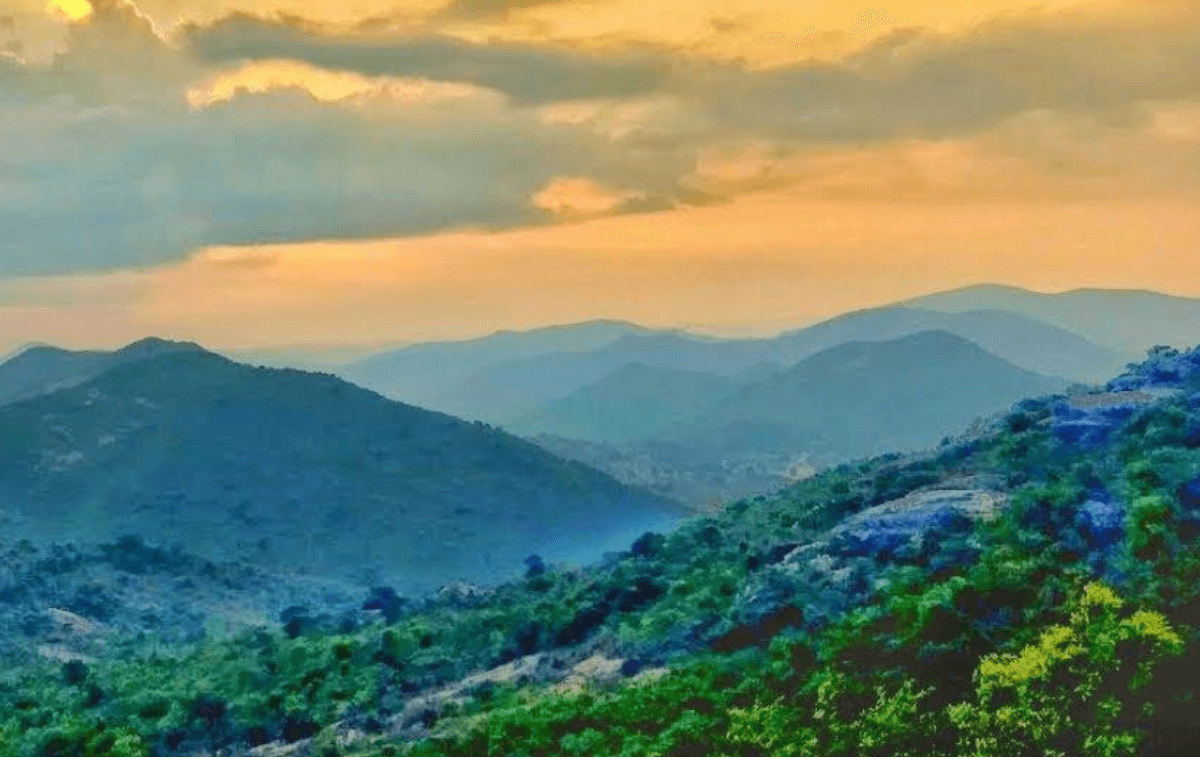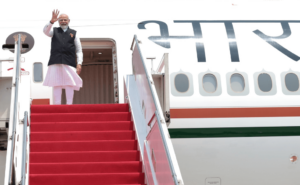Table of Contents
The highest peak in the Eastern Ghats is Jindhagada Peak with a height of 1690 meters. It is also known as Sitamma Konda and Arma Konda Peak. Sitamma Konda Pea The Eastern Ghats are an important source of minerals and resources, and they have played a role in the development of South India for centuries. They are also home to several indigenous tribes and a wide variety of plant and animal life.
What are Eastern Ghats?
The Eastern Ghats of India form a notable geographical feature along the eastern coast of the country, extending across several states including Odisha, Andhra Pradesh, Telangana, Karnataka and Tamil Nadu. Unlike its imposing counterpart, the Western Ghats, the Eastern Ghats are characterized by their low elevations, forming a series of relatively modest mountain ranges. Extending about 1131 kilometres from Mahanadi in the north to Vaigai River in the south, their width ranges from 100 to 200 kilometres. However, what distinguishes the Eastern Ghats is their discontinuous nature, which is the result of being dissected and eroded by the powerful flows of the four major peninsular rivers: the Mahanadi, the Krishna, the Kaveri and the Godavari.
Highest Peak of Eastern Ghats
Jindhagada Peak is the highest peak in Eastern Ghats. It is located in the beautiful Araku Valley of Andhra Pradesh and it has a elevation of 1,690 meters. The Eastern Ghats are a discontinuous and ancient chain of mountains running parallel to the east coast of India. They are geologically much older than the Western Ghats, which are part of the Gondwana supercontinent that broke apart millions of years ago. The Eastern Ghats, on the other hand, are thought to have formed around 1.8 billion years ago. There is not a lot of definitive history about the Eastern Ghats themselves, but the region around them has been inhabited for millennia. Tribes like the Kadambas and Ikshvaku are believed to have lived in the Eastern Ghats since at least the 3rd century BCE.
Highest Peak of Eastern Ghats Discovery
It is important to note that there was some confusion about the highest peak at a given time. For a long time, Mahendragiri Hill in Odisha, with an elevation of 1,501 meters, was believed to hold that title. However, in April 2011, a new contender emerged. There is a team led by Mr. Venkat Reddy Y who discovered that Mahendragiri Hill is not the highest peak in the Eastern Ghat. He revealed a higher peak named Jindhagada Peak. The highest peak in the Eastern Ghats is Jindhagada Peak, also known as Arma Konda or Sitamma Konda. It has an elevation of 1,690 meters (5,540 ft) and is located in the Araku Valley of Andhra Pradesh.
Economic Importance of Eastern Ghats
The hills of the Eastern Ghats are home to several tribal communities, such as the Savra, Jatapu, Konda Dora, Gadaba, Khond, Manne Dora, and Mukha, who depend on the abundant minor forest produce of the area for their livelihood. Major attractions in this region are Tirupati, Raku Valley, and Macangiri. The Eastern Ghats hold significant ecological importance due to their rich mineral reserves, diverse biodiversity, agricultural potential, growing tourism industry, water resources, and presence of deltas. Limestone, bauxite, and iron ore deposits are prominent features of the region. Additionally, valuable tree species such as itti, mahogany, semmaram, vengal, pala, and shisham flourish in the Eastern Ghats, contributing to its ecological diversity and economic importance.
Wildlife of the Eastern Ghats
Nearly 100 species of reptiles occur in the Eastern Ghats. Many endangered species are also present, including the mugger crocodile, Indian black turtle, Indian flapshell turtle, and more. Up to 30 species of amphibians live in the Eastern Ghats, including Gunther’s toad, pond frogs, cricket frogs, etc. A survey conducted by ATREE in the northern Eastern Ghats hill region identified more than 205 species of birds, including relatively rare ones like Brook’s flycatcher and Jerdon’s baza. Mammals that are also found in the Easter Ghats include the Indian elephant, blackbuck, Asian palm civet, small Indian civet, and more.
Water bodies of Eastern Ghats
Some rivers originate in the Eastern Ghats. These rivers irrigate lakhs of hectares at the foothills and nearby plains. There are some very beautiful waterfalls here which add to the beauty of the place. Here some dams also play an important role in irrigation and hydroelectric power projects.
Rivers flowing through the Eastern Ghats
- Brahmani
- Godavari
- Kaveri
- Krishna
- Mahanadi
- Subarnarekha
- Tungabhadra
Rivers originating on the Eastern Ghats
- Baitarani River
- Budhabalanga River
- Rushikulya River
- Vamsadhara River
- Palar River
- Nagavali River
- Champavathi River
- Gosthani River
- Sarada River
- Sabari River
- Sileru River
- Tammileru
- Gundlakamma River
- Pennai Yaru River
- Swarnamukhi
- Kundu River
- Vellar River
- Penna River
Some Famous Waterfalls on the Eastern Ghats
- Periyar Falls
- Jalagam Parai
- Beeman Falls
- Megam Falls
- Hogenakkal
- Killiyur Falls
- Agaya Gangai
Some Famous Dams on the Eastern Ghats
- Krishnagiri
- Sathanur
- Shenbagathoppu
- Kuppanatham
- Varalaru-Valley Madurai
- Kariyalur
- Gomuki
- Andiyappanur
- Mriganda
- Chengam


 Indian Army Agniveer Compensation, Ajay'...
Indian Army Agniveer Compensation, Ajay'...
 List of Indian Cabinet Ministers 2024 in...
List of Indian Cabinet Ministers 2024 in...
 Lok Sabha Election 2024 Dates Out, Polls...
Lok Sabha Election 2024 Dates Out, Polls...


